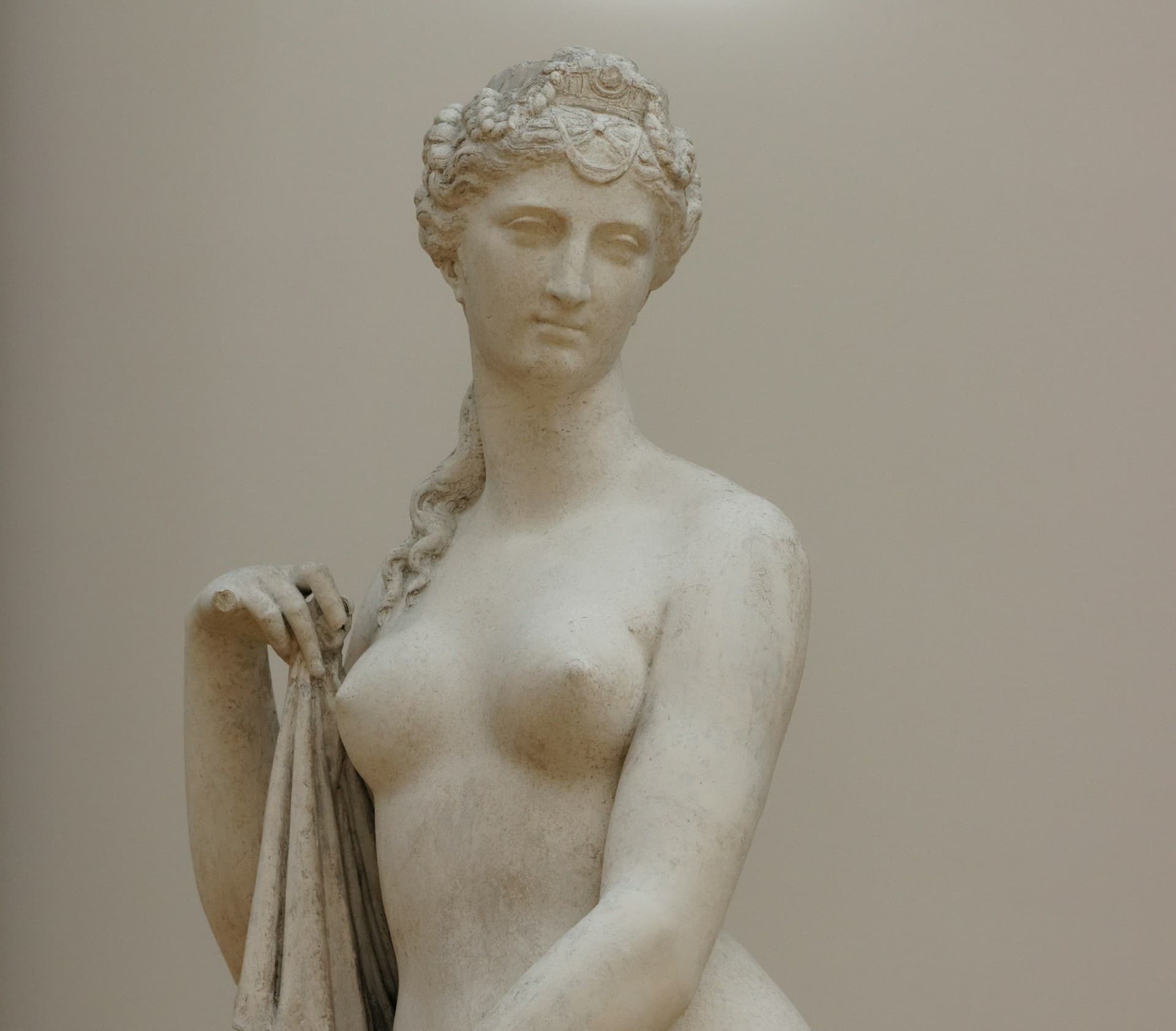
When considering a breast lift, also known as a mastopexy, many patients arrive with expectations shaped by online images and stories that often overlook the realities of the procedure. A clear understanding of what this surgery can—and cannot—attain is essential for anyone exploring this option.
Dr Sophie Ricketts, a leading Specialist Plastic Surgeon in Melbourne, emphasises the importance of education in helping patients make informed, well-prepared decisions.
The Purpose of a Breast Lift
A breast lift (Mastopexy) is designed to adjust the position and shape of the breasts. Over time, changes such as pregnancy, breastfeeding, weight fluctuations, and the natural ageing process can affect breast tissue and skin elasticity. Mastopexy involves repositioning the breast tissue higher on the chest and removing excess skin, which can also include resizing or repositioning the areolae to match the new shape.
Dr Ricketts explains that the main objective of this surgery is to create a shape that better aligns with the patient’s individual anatomy and personal goals. It’s important to note that a breast lift does not significantly increase (or decrease) volume or size. For patients seeking more fullness, a combined procedure involving implants may be more appropriate. A clear understanding of these distinctions is crucial to setting appropriate goals.
Setting Realistic Expectations
One of the key elements of the consultation process is helping patients develop realistic expectations. This is especially important when it comes the patient’s inherent skin elasticity. Some people genetically have very good firm elastic skin which tends to hold a breast shape well. Others have very thin stretchy skin which does not support breast shape well and these patients tend to have struggled with a droopy breast shape from early on – even in their 20s or younger. It is normal for the breasts to relax slightly as swelling decreases and tissues settle over the first few months after surgery. This will be more for someone with stretchy skin and less for someone with good skin elasticity.
Scars are an unavoidable part of a breast lift. While these typically fade over time with good aftercare, they remain a necessary aspect of the procedure. Dr Ricketts ensures patients are fully informed about the placement and expected appearance of scars, particularly around the areolae and beneath the breast fold.
Furthermore, while a mastopexy can help improve current breast shape, it does not prevent future changes that may occur due to lifestyle or biological factors. Dr Ricketts encourages patients to view the procedure as a long-term improvement rather than a final or unchanging solution.
The Importance of Communication
Dr Sophie Ricketts stresses that open, honest communication between surgeon and patient is essential for attaining satisfying outcomes. During consultations, she encourages patients to express their concerns, objectives, and expectations openly. This allows for a surgical plan that is personalised and aligned with what is realistically possible.
To aid decision-making, Dr Ricketts provides visual examples and explains both the benefits and the limitations of the procedure. Discussions also cover potential complications and the variability in individual healing, helping patients prepare thoroughly.
Aftercare and Recovery
Post-operative care is a crucial part of achieving good results from a breast lift. Dr Ricketts provides patients with detailed aftercare instructions, including wearing supportive garments and avoiding strenuous activity for a defined period. Careful wound care, rest, and time are all important for proper healing.
Patience is important, as the final appearance of the breasts may not be fully evident for a few months. Dr Ricketts advises patients to be mindful of this timeline to avoid unnecessary concern during recovery.
If you are in Melbourne and considering a breast lift, a consultation with Dr Sophie Ricketts can provide you with the knowledge and guidance needed to make a well-informed decision. With a commitment to realistic planning and individualised care, Dr Ricketts helps each patient explore what the procedure can offer in alignment with their personal objectives. Schedule your consultation to learn more about how a breast lift may work for you.




